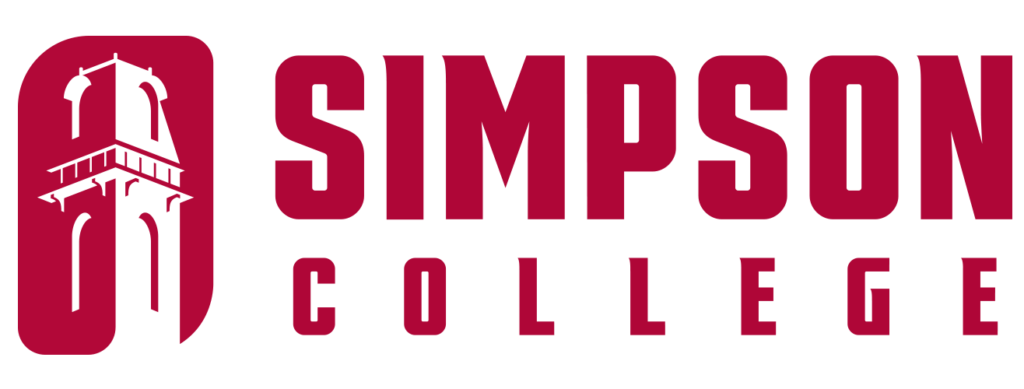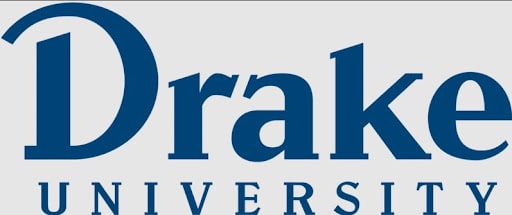DMACC president says enrollment drop reflects better economy
Des Moines Area Community College (DMACC) President Rob Denson knows that a decrease in enrollment isn’t necessarily good press. But the reason for the decrease, he says, is positive.
Historically, when the economy slumps, community college enrollment goes up at a better-than-normal rate, Denson said. When it starts to come back, enrollment goes down.
“It’s still fairly normal,” he said.
DMACC fall enrollment fell to 23,685 in 2012, down 6.8 percent from 25,425 in 2011. Until this semester, the college had experienced 12 straight years of growth, including double digit percentage increase in 2009 and 2010.
DMACC’s decline in enrollment follows a statewide trend. In 2011, Iowa community college enrollment went down for the first time since 1997, and nine of the state’s 15 community colleges saw a decrease in enrollment. Final numbers aren’t available yet for 2012, but Denson expects numbers to decline at all but one or two of the state’s community colleges.
“You look at a lot of our students, and they want to get into a job or they need to get into a job for some reason,” Denson said. “If they’ve got an option to go to work as opposed to go to school, they’re going to take the job.”
Another potential reason for enrollment decline could be that more students are going to four-year colleges, he said.. The University of Iowa and Iowa State University both recorded record enrollments this year. Enrollment is down in some of DMACC’s arts and sciences programs, which are programs that students often take at a comnunity college before transferring to a four-year institution.
“It could be, and we don’t know this to be true, but it could be that parents have more disposable income, so (students) may be choosing to go to other institutions,” Denson said.
Despite this year’s decrease in enrollment, DMACC has had an overall enrollment growth of nearly 30 percent since 2007. DMACC has projected a five percent per year growth line since 2000, Denson expects to “start climbing” back to that point next year.
For now, the days of double digit enrollment growth are gone, he said, but that’s OK, and in fact, preferable.
“We’d much rather have a 3 to 5 percent growth (rate),” Denson said. “It’s much easier to plan for, budget for and develop facilities for. If we got back into the double digits, it would mean that the economy is not good. We would just as soon avoid that for everyone.”










